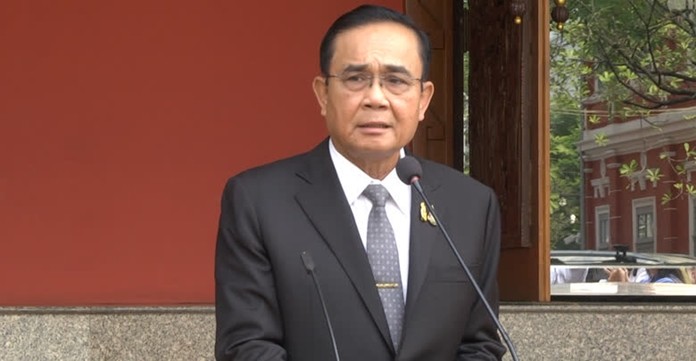
BANGKOK– The government has assured the public that it is capable of solving the air pollution crisis which may require drastic measures. The PM is asking all to comply with the law, while the government looks into the feasibility of installing large-scale air purifiers in the capital.
The Prime Minister Gen Prayut Chan-o-cha has presented to members of the media the government’s papers outlining the protocols addressing the air pollution crisis, stressing that the government has prioritized the mitigation of air pollution in the 2019-2024 national agenda.
He said the government gives number one priority to the general public’s health, and asked all sectors to comply with the law and measures introduced, which may include drastic initiatives that could affect certain sectors.
On proposals to install large-scale air purifiers in Bangkok, the Prime Minister said he has ordered related agencies to conduct feasibility studies, as conditions in Bangkok may differ from other cities that already operate such devices.
To promote public understanding of air pollution hazards and PM 2.5 particulate matter, the Ministry of Public Health (MOPH) has launched the Mobile Pollution Clinic at Victory Monument, to inform the general public on how to protect themselves from these dangerous fine particles. More pollution clinics will be opened in affected provinces such as SamutSakhon, SamutPrakan, PathumThani, and at 68 public health service centers.
In addition, the MOPH has opened an online pollution clinic at www.pollutionclinic.com, where the general public can access information and contact medical professionals more conveniently.
Construction activities are known to be significant sources of particle emissions. During the construction of the Public Relations Department’s government broadcasting and information service operation center at the National Broadcasting Services of Thailand’s headquarters in Bangkok, contractors have regularly washed down the wheels of trucks and the construction site itself with water, in order to minimize the emission of particles from the construction activity, and as a specific commitment to helping limit the air pollution crisis.
 |
 |
 |




